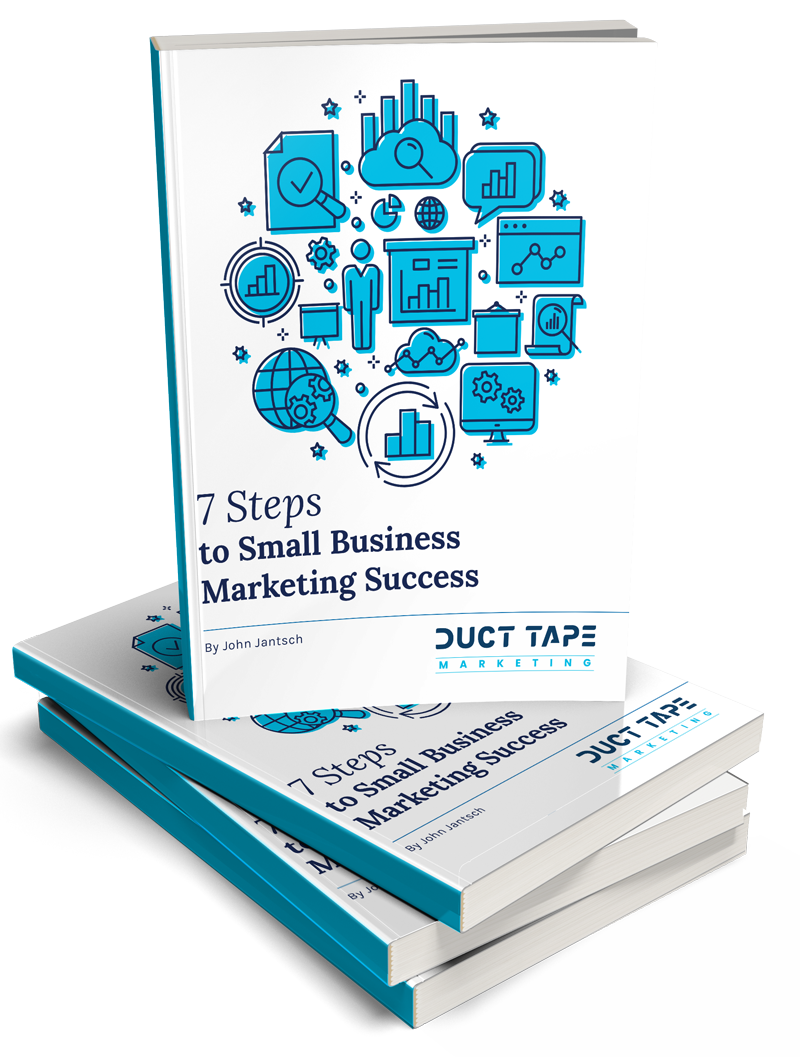
When Alina Martin took over her father’s small company in 2007 it had been ticking along, growing slowly for several years. The company, Danatec, sold paper-based course materials for corporate trainers to use in safety training of employees. Martin could see that online learning had potential. Her father wasn’t convinced, nor were her salespeople. How could you possibly call something training if the trainer wasn’t in the room with the person being trained? Martin persevered. It took a couple of years of experimentation before it really took off, but once it did, things went crazy! Growth tripled in three years and was running at 27% when I spoke to her.
Sounds like a dream situation, but many companies that grow quickly eventually crash and burn. The skills and practices that created their success just can’t sustain it.
So what goes wrong in these growth situations? Let’s consider the 3P Profit Formula™: Promise + People + Processes = Profits. Often as companies grow they struggle with all three Ps.
Promise
The promise is your brand, and, as the recent Volkswagen scandal showed us, it can be destroyed quickly if a company isn’t living up to the standards its customers expect. But with fast growth, that promise can be diluted. Sometimes growth companies lose focus: they want so much to keep growing that they take on clients that they shouldn’t or expand into new lines of business that are not good fit for their customers.
Sometimes they do the opposite, and hyper-focus on the formula that made them successful. But as the world around them changes, they may be unable to adapt to the new reality. Kodak was a classic case of this. They actually developed the first digital camera, but buried the idea, fearing that I would hurt their film business. That decision cost the company its life.
Others become arrogant; the fast growth convinces them that their customers will always be there. But as they grow, the customer focus that won that business in the first place can slip, priming customers to fall into the open arms of a competitor.
People
Your business success is influenced by many different types of people: prospects, customers, employees, funders, suppliers, distributors and even the public at large. As you grow, all of these relationships can be strained.
Despite Danatec’s clear success, Martin found that some staff were still resistant to the changes. Most people dislike change, so how do you get their buy in? Sometimes even company owners resist change: if something has been working well enough, why should they risk doing things differently?
It is crucial to involve your employees right from the start of the growth management process, so they will have a sense of buy-in and commitment to the new vision. Being open and honest with your staff will help. Remember when your 4-year old kept asking why, why, why? It’s not just kids who want to know why; we all do. If we understand the reason for something, we are more likely to accept it. Martin says that any employee is allowed to question a decision, but she expects them to have an alternative answer and explanation of why they think it would be better.
Growth also strains employees physically. Typically they’ll be working long hours while the company struggles to hire and train enough staff. It can be frustrating when overworked colleagues are late answering questions or getting their part of a process done on time. This pressure often sucks companies into hiring the wrong people, just to get more bodies on staff. But bad co-workers can be even worse for morale than overwork. There may start to be problems with staff turnover if staff feel that they are no longer the close-knit, supportive team they once were.
Suppliers may have trouble keeping up with a high-growth company’s needs. Customers don’t care that it’s the supplier’s fault that you couldn’t get their product to them on time. They’ll be upset with you, not the supplier. Distributors or franchisees can also hurt your reputation. It’s tempting to seize your moment of popularity to keep on growing without doing proper screening or training of these partners. But think about it: when you go to your local McDonalds and get bad service you blame the McDonalds company, not the local franchise owner.
Process
When I called Martin for our scheduled interview, nobody answered the phone. Nor did it go to voice mail. Over a year and a half, calls for tech support jumped from about 10 calls a day to 100. There just weren’t enough people to answer all the calls. The order entry process also needed to be totally rebuilt because it simply wasn’t scalable.
As Martin put it, “things break” when you grow that quickly. “When you are growing,” she notes, “you are continually reinventing the process.”
As hard as it can be to find the time, when your company is growing quickly you must regularly check to make sure you’re still meeting your promise to your customers, you’ve got the right people in place, and that your processes are keeping up with the sales.
 Tema Frank is a customer experience & digital marketing pioneer. She launched her first website in 1995 and in 2001 founded Web Mystery Shoppers, one of the world’s first companies to do remote usability testing of websites and web-related customer service. Her podcast, Frank Reactions, focuses on customer experience in the digital era. Listen to it at http://frankreactions.com , on iTunes or Stitcher. Tema has helped Bank of America, the Government of Alberta, the Royal Bank of Canada, and many small organizations improve their online & offline customer experience & marketing. She’d love to meet you on Twitter @temafrank or by email.
Tema Frank is a customer experience & digital marketing pioneer. She launched her first website in 1995 and in 2001 founded Web Mystery Shoppers, one of the world’s first companies to do remote usability testing of websites and web-related customer service. Her podcast, Frank Reactions, focuses on customer experience in the digital era. Listen to it at http://frankreactions.com , on iTunes or Stitcher. Tema has helped Bank of America, the Government of Alberta, the Royal Bank of Canada, and many small organizations improve their online & offline customer experience & marketing. She’d love to meet you on Twitter @temafrank or by email.



